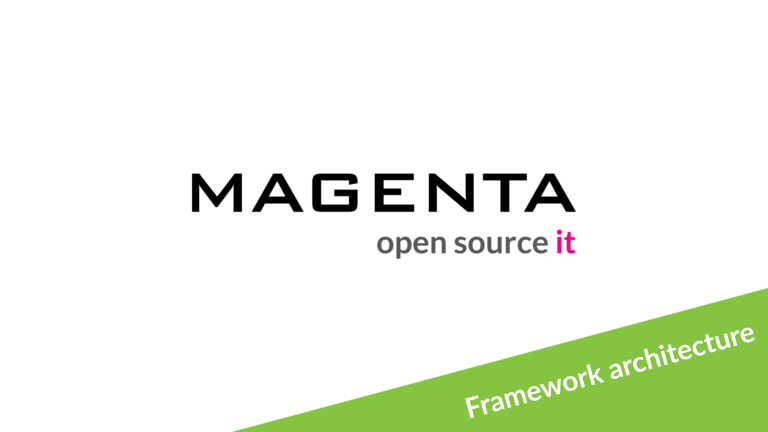The Framework Architecture introduces standards, open interfaces and a loosely coupled IT architecture. This is a prerequisite for eliminating dependencies on specific vendors.
Kick the monopoly out of the community with Magenta
The Framework Architecture can make various processes and workflows redundant or automated by reusing data between systems.
Magenta has implemented Framework Architecture (Local Framework Architecture or LoRa), which is used in several communities for different purposes.
Why choose Framework Architecture?
- Provides the ability to replace systems and vendors by eliminating technology dependencies.
- Allows IT systems to communicate with each other and share data
- Ensures that you only need to enter data once
- Synchronizes data between different systems
- OIO standardizes your data
Components of the Local Framework Architecture
- The organization service and user interface OS GIR manages information about employees and organizational units
- The classification service to structure data internally and merge and reuse data across organizations and IT
- The case and document service for tracking case histories
- The State, Intervention and Activity Services services to provide evidence on the impact of community interventions
- The log service to track incidents and comply with the Personal Data regulation
- The message distribution service
- OIO REST interface
- Mox integrations for specialist systems
- Mox integrations for Service Platform (CVR, CPR)
- Authentication module (SAML, Single Sign-On)
- Integration into the Danish Address Register (DAR)




